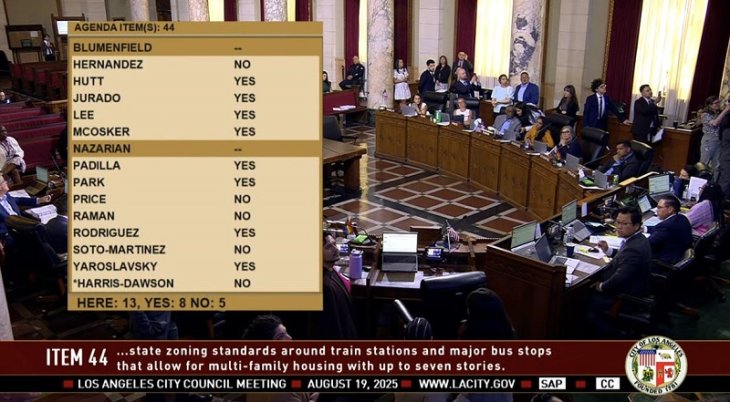
Nearly a third of hospital patients at least 35 years old in California have diabetes, adding $1.6 billion annually to healthcare costs in the state, according to a study by the UCLA Center for Health Policy Research released on May 15.
The study was based on a review of hospital discharge records for 2011, the latest such data available, said Dr. Susan H. Babey, a researcher at the center.
Although diabetes may not be the initial reason for the hospitalization, the disease is responsible for numerous complications, including blindness, kidney and cardiovascular ailments and amputations.
About 95 percent of those diagnosed with diabetes have the type II form that “often is preventable,” said Babey.
“Once you have diabetes, there is no real cure, so it becomes really important to manage the condition so that some of the complications that come out of poorly controlled diabetes don’t occur,” Babey said.
She said that diabetes “is hitting every community hard, but the disproportionate number of hospital patients with diabetes among California’s ethnic groups is especially worrisome.”
UCLA researchers found that 43.2 percent of hospitalized Latinos 35 and older have diabetes, compared to a statewide average of 31 percent.
“American Indians/Alaska Natives are similarly impacted, with 40.3 percent of hospital patients having diabetes, followed closely by African- Americans (39.3 percent) and Asian-Americans/Pacific Islanders (38.7 percent), according to a UCLA statement.
About 27 percent of hospitalized Caucasians 35 and older have the disease, said Babey.
Diabetes — one of the nation’s fastest-growing diseases — added $1.6 billion to hospitalization costs in California in 2011 and the cost may even be higher this year, said Babey.
Hospital stays for patients with diabetes cost nearly $2,200 more than stays for non-diabetic patients, according to the study.
“This study highlights the growing, costly problem of diabetes on patients, our healthcare system, budgets and taxpayers,” according to a statement released by California Controller John Chiang.
“Investing in prevention and wellness strategies that keep people healthier now can help reduce the demand for medical care and the drain on budgets in the future,” Chiang wrote.





















